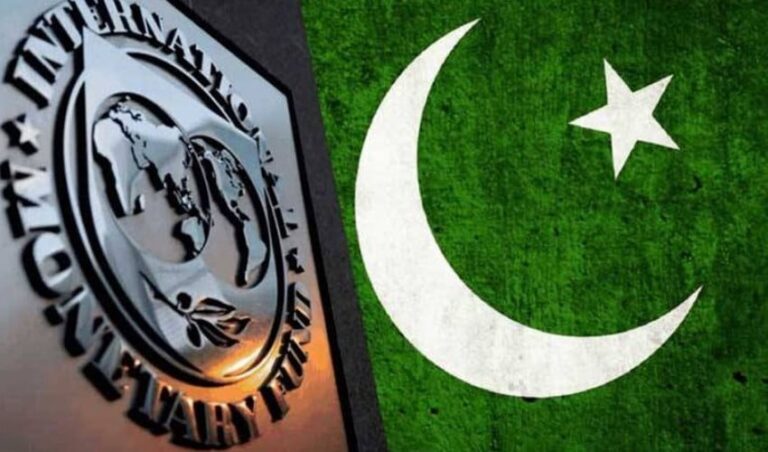ISLAMABAD:
Amid Pakistan’s heavy reliance on foreign consultants to run its economy, an independent think tank has advised the government to choose a path between a truly home-grown economic model and a foreign lender-driven policy agenda.
The Tola Associates policy advice came in the middle of a major shift in national tariff policy, where foreign consultants are advising a complete opening of the economy. However, the concerned economic ministries oppose this due to potential adverse implications for businesses and jobs.
Pakistan’s economy is currently bipolar, and policymakers must choose between home-grown recipes and the International Monetary Fund’s (IMF) policy prescriptions, according to the report released on Thursday. The report suggests that home-grown policies should aim to keep policy rates closer to the inflation rate to reduce debt servicing, maintain the currency at its true value, stimulate growth, and reduce the fiscal deficit.
In contrast, the IMF’s policies focus on monetary tightening, import-led growth, and tariff reduction, which have consequently led to high inflation and suppressed economic growth, the report stated.
The government has agreed on a plan to lower import tariffs by almost half over the next five years. In the first year alone, this would result in a Rs200 billion negative impact on revenues. While the IMF has no objection to the steep reduction in import revenues, it is unwilling to allow much-needed relief to all segments of the salaried class.
The relief for the salaried class may not even cost Rs100 billion, nearly half the fiscal cost of liberalising the economy — a move that also carries employment risks.
The Tola Associates report stressed that next year’s economic strategy must prioritise introducing targeted policy measures for industrial development. These include rationalising interest rates for industrial borrowers, reducing electricity tariffs, abolishing export financing schemes on semi-finished and finished goods, and implementing a balanced tariff structure on raw materials.
Encouraging import substitution and offering performance-based subsidies — particularly in key sectors such as textiles, leather, and engineering goods – is critical, the report added. However, past experiences suggest that import substitution policies have shown limited results, and the country must shift toward implementing export-focused policies.
The report also highlights how efficient crop production could enhance exports by an estimated $2.2 billion. Increasing cotton yields, boosting rice exports, and reducing input costs to return to wheat surplus status were among the key recommendations.
Based on its estimates, the report stated that if the current account deficit stays within the government’s FY25 target of 0.4% of GDP, the exchange rate should ideally stabilise around Rs272 per US dollar. Including incorporated valuation adjustments for FY25, the rate should not exceed Rs282, it added.
However, market fundamentals indicate that the rupee is under pressure, with importers struggling to find adequate dollar liquidity at reasonable rates. Major players like Pakistan State Oil (PSO) and Pak Arab Refinery Company (PARCO) are being forced to pay higher interbank rates.
According to Tola Associates’ estimates, Pakistan can achieve a current account surplus of 0.1% of GDP by improving cash crop yields in the next fiscal year.
If that surplus is realised, the currency could appreciate by up to Rs23, leading to a 4.6% drop in inflation. This, in turn, would create room to reduce interest rates, cut debt servicing costs, and open up significant fiscal space, the report added.
Pakistan can substantially bring down interest rates in the next fiscal year to single digits. A 1% reduction in the policy rate could lower the debt servicing cost by Rs515 billion. Aligning interest rates with inflation could allow for a 4.6% rate cut, saving up to Rs2.4 trillion in interest expenses, according to the report.

